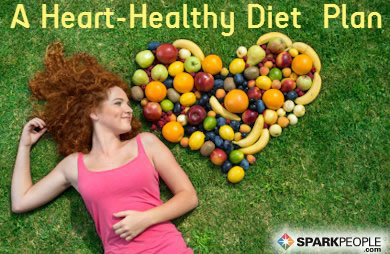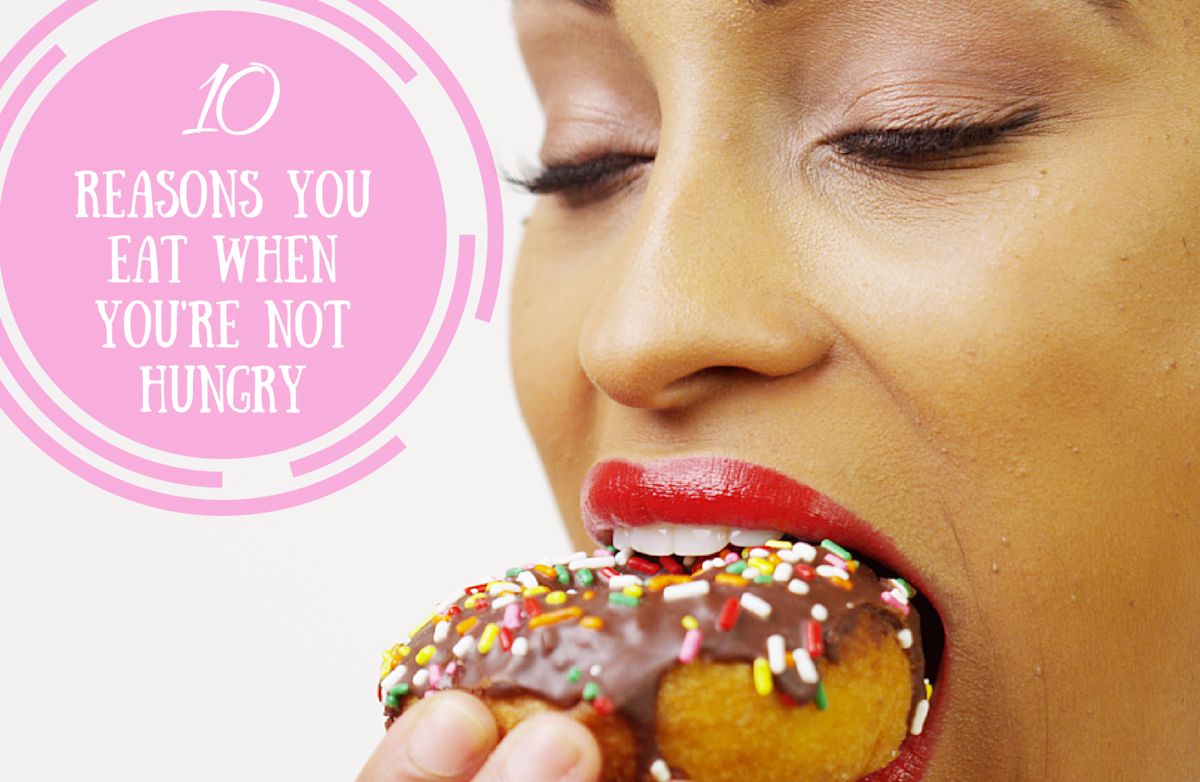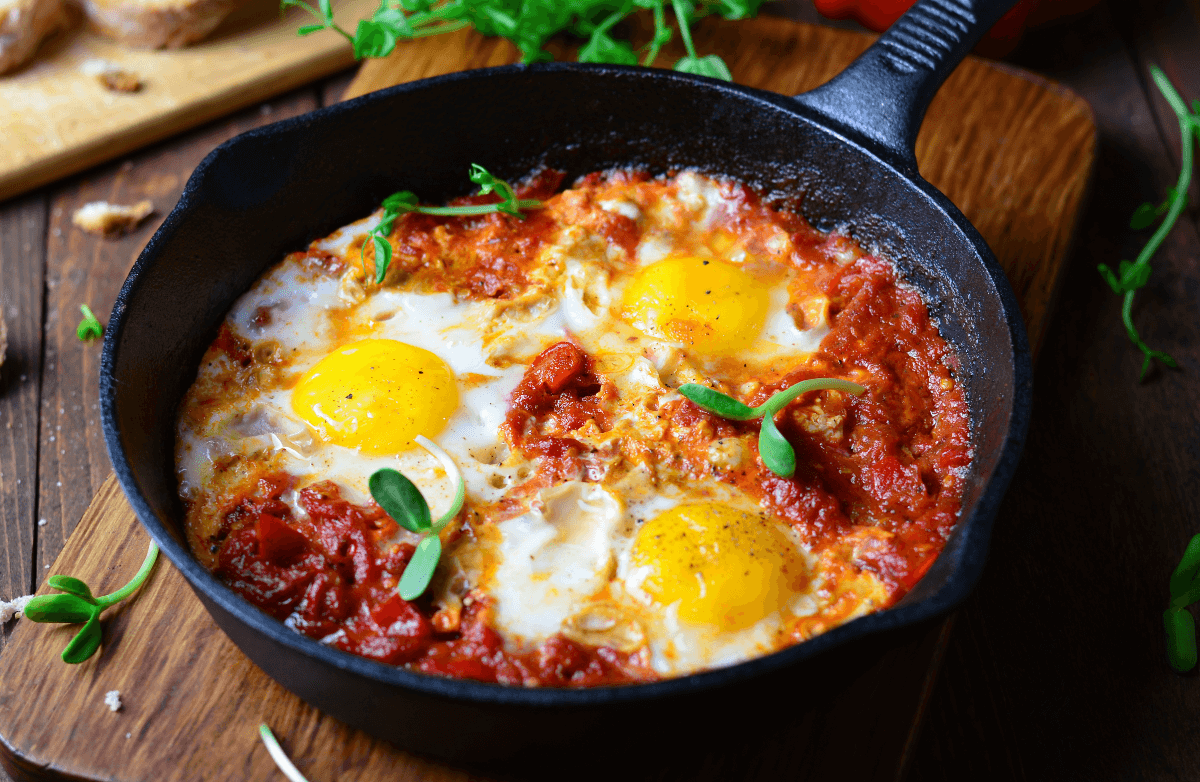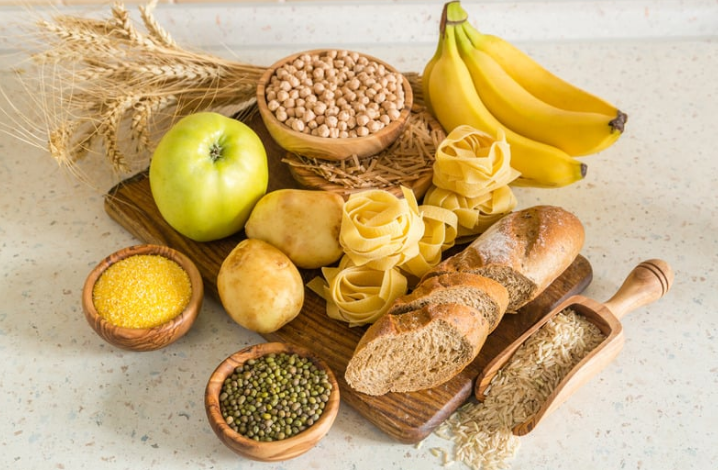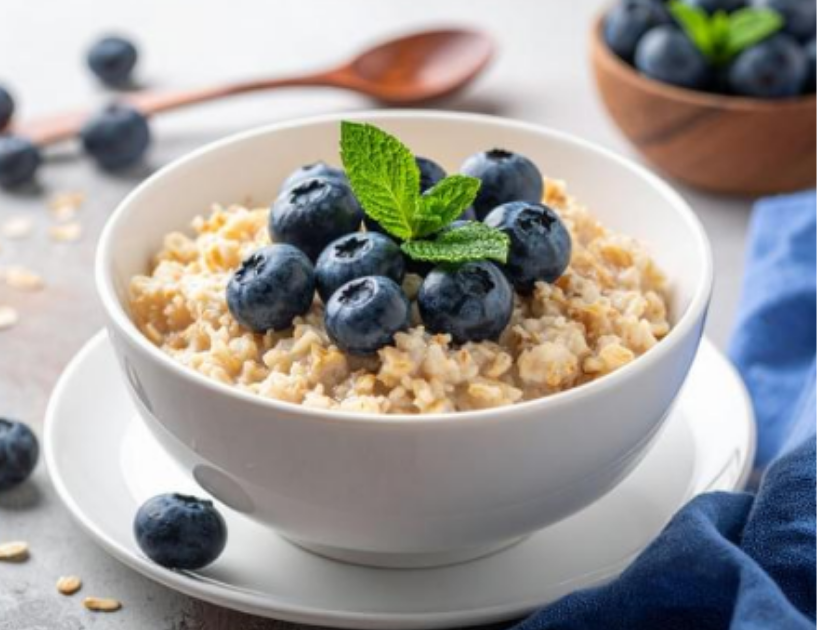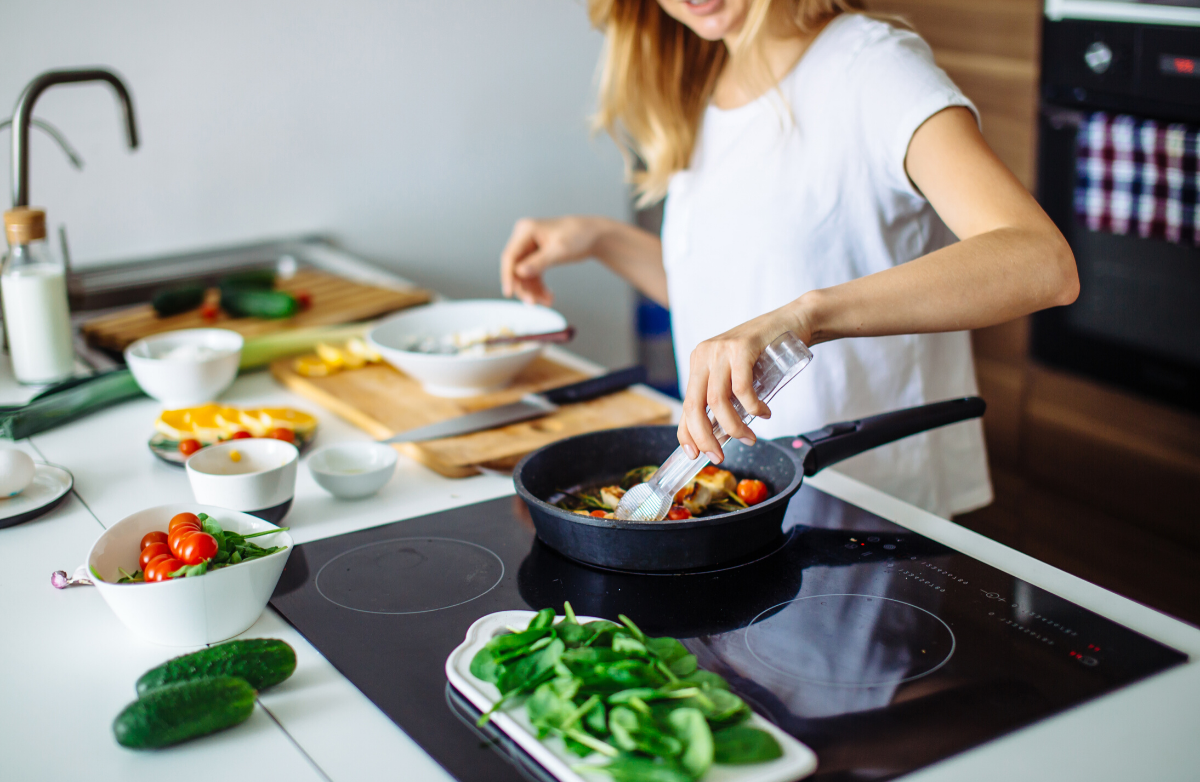We eat too many added sugars. Period. That's a fact. Whether it's labeled fructose, dextrose, sucrose, brown rice syrup, cane juice or one of the 40 other names, these sugars aren't just adding to the obesity epidemic—they can also contribute to increased risks of diabetes, heart disease, fatty liver disease, elevated triglyceride levels, tooth decay and even premature death.
Unlike natural sugars, which are naturally present in foods like milk, cheese and fruits, added sugars are, well, added. "When sugars are added to foods and beverages to sweeten them, they add calories without contributing essential nutrients," says Brittany Modell, M.S., R.D., founder of Brittany Modell Nutrition and Wellness. Natural sugars, on the other hand, contribute fiber, vitamins and minerals to your diet—things your body needs, and also things that help your body control the blood sugar spike you get from consuming the carbohydrates.
Some remedies for reducing added sugars in our diets are obvious and well-known, such as don't eat so many sweets and cut back on soda (one of the biggest contributors to added sugars in the American diet). While that knowledge has likely contributed to the average American consuming less added sugars than in the year 2000, we still eat too much.
The real problem with added sugars: They're everywhere! They're found in almost 75 percent of all packaged foods, and make up more than 13 percent of our total calories, compared to the 10 percent that's recommended. Let's work on changing that.
1. Check your coffee order
Soda sales in the U.S. have been declining for more than a decade, but we're still getting almost half of our added sugars from beverages. One reason, dietitians say, is that we've swapped those fizzy pick-me-ups for a different caloric beverage: sweetened coffees.
Just one pump of flavored syrup can add five grams of sugar to your day. While that may not seem like a lot, the American Heart Association recommends that women eat no more than 25 grams of added sugar each day. By getting that extra pump of caramel in your morning latte, you're taking in more than 20 percent of your day's allotment before you even get to your desk.
That doesn't mean you have to go back to black, though. "Add some unsweetened cocoa to your coffee, and sweeten it with a no-calorie sweetener like Stevia or Truvia," says Natalie Filippone, R.D., a dietitian with Sodexo who also works with Albertson's grocery stores.
Dietitian Rachel Driscoll also suggests adding a more filling nutrient to your coffee: protein. "You can sweeten your coffee with a protein [supplement]," says Driscoll, M.S., R.D., an outpatient dietitian at Bristol Health in Connecticut. Like fat, protein takes longer to digest than carbohydrates, meaning you stay fuller for longer. By choosing a vanilla or caramel protein powder, her clients "get the sweetness and taste they want, without the added sugar."
2. Look for foods that may "hide" sugars where you don't expect
Added sugars aren't just in that candy bar—they're also hiding in foods we don't think of as sugary, says Tony Castillo, M.S., a registered dietitian and founder of Nutrition for Performance.
"[They're in] ketchup and barbecue sauce and teriyaki sauce," he explains. And added sugars can also show up in surprising amounts in foods we regularly pair with vegetables—each tablespoon of ranch dressing can come with two grams of added sugar, for example!
Look for reduced-sugar versions of condiments, like vinegar-based barbecue sauces that have a little more bite, Castillo advises. You can also swap mustard or salsa for ketchup in many cases. If you can't fathom giving up your beloved ranch, all hope Is not lost: "Buy a packet of ranch seasoning, and add it to plain Greek yogurt," Castillo says. "You get the same sourness, and that same ranch flavoring."
3. Check the labels on "good-for-you" options
It's not just your salad that's hiding these sugars. "Sugar tends to sneak up in foods you wouldn't expect, such as peanut butter and bread," says Modell. It's also often hiding in foods we think of as "healthy" and "good" options, including yogurt, granola, instant oatmeal and dried fruit.
"[Sweetened] yogurt does have some of the natural sugar you want, but they're also adding quite a bit of sugar into it," says Driscoll. A 110-calorie Greek yogurt with blueberries "on the bottom," for example, has nine grams of added sugars. Instead, Driscoll says, buy the plain variety and add fresh blueberries yourself.
Dried fruit is another common culprit. While they seem wholesome, many varieties are actually coated with some sugar to add flavor. "People like to add dried cranberries to salad [but they're pumped up with sugar]," Filippone says. In fact, the most popular dried cranberry brand lists "sugar" as their only other ingredient, and packs 29 grams of sugar into a quarter-cup. To add flavor without the sugar bomb, look for no-sugar-added versions, or add fresh fruit—like sliced strawberries—to your salad instead, she says.
4. Pair sugars with other foods to reduce blood sugar spikes
Sometimes, there's an added sugar food that you really, truly love. Maybe once every day or every few days, you enjoy having a soda or a piece of candy. If that sounds like you, consider pairing that added-sugar food with something that will help you digest it more slowly, he says.
"Can you have a soda with lean protein or a piece of fruit? Does that keep you feeling full, longer?" Castillo asks. By adding the slower-digesting protein and fiber that the added-sugar food is missing, you may feel more satiated, and mitigate the blood sugar spike you'd get if you had it alone.
Pairing a reduced amount of sugary foods with other, whole foods in this way can help you create balanced meals, giving your body the nutrients it needs so you can have consistent levels of the energy you need to thrive each day. After all, it's all about balance, baby.




